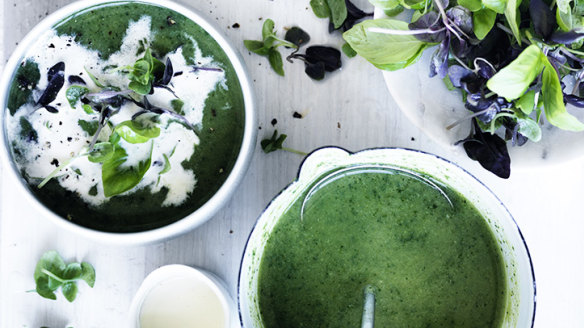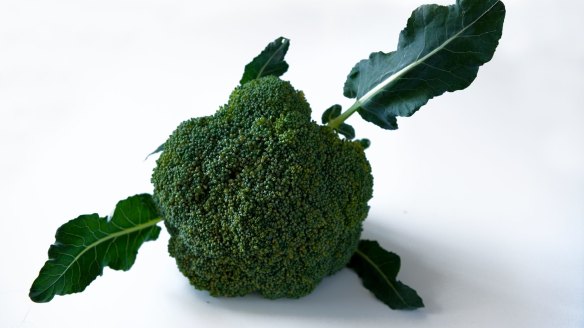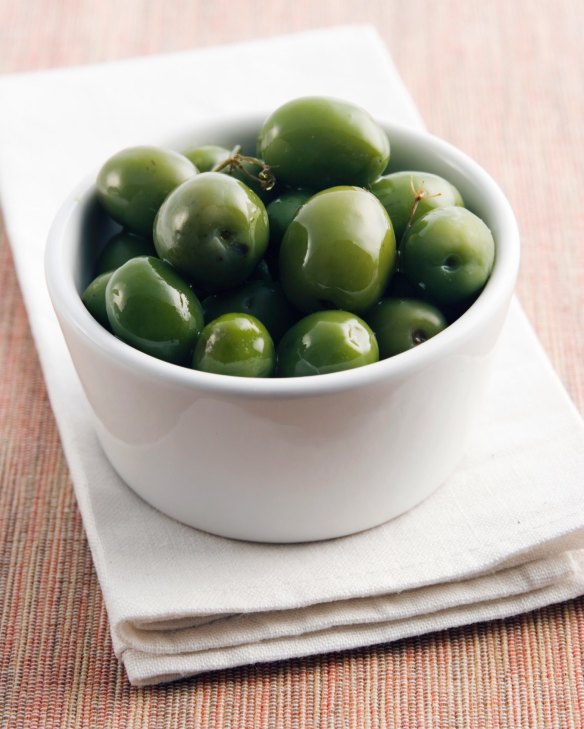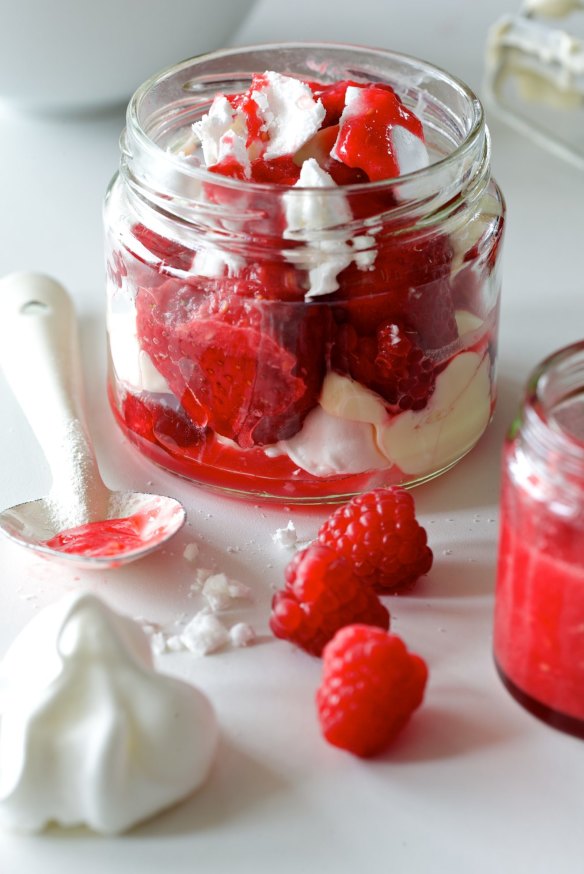Why our brains prefer red foods over green

For many of us, eating our greens just doesn't come naturally. Now a study suggests it's not just our taste buds working against us. The research highlights just how important a role vision plays in our eating preferences, with our brains hard-wired to be biased towards red foods such as meat over green ones such as spinach and broccoli.
One of the few studies done in this area, the research published in the journal Scientific Reports found humans were more strongly aroused by red foods and also believed them to have higher calorie counts, while green foods had the opposite effect. Interestingly, the researchers found this result held true for both natural food – where colour is more likely to predict calorie content – as well as transformed food, in which colour is no longer an accurate representation of calorie content.
"In natural foods, the redder an unprocessed food is, the more likely it is to be nutritious, while green foods tend to be low in calories," says Dr Francesco Foroni, a co-author of the study, which he began at the International School for Advanced Studies in Trieste, Italy, and completed in his new role of Associate Professor at the Australian Catholic University in Sydney.
Foroni says that, like non-human primates, our trichromatic colour vision – the feature of our visual system that allows us to differentiate a range of colours, setting us apart from other species which see only two – has likely evolved to help us with foraging, by distinguishing between red and green nuances.
"This is a critical feature because more reddish nuances in fruits and leaves are correlated with maturation and, thus, reddish nuances are generally a proxy for higher energy or greater protein content."
What the team wanted to ascertain, however, was whether that colour bias in our brains has now extended to food that has been transformed by processing, cooking or colouring, in which the correlation of a higher calorie content doesn't hold true.

They tested healthy participants on how arousing they perceived a large range of food (including fruit, vegies and prepared dishes), and non-food items (such as non-edible plants, objects and utensils).
"We then independently estimated the calorie content of each food stimulus and asked participants to estimate the calorie content of each of them," says Foroni.
The research discovered that while the relation did not hold true for non-food items, it did hold weight for processed foods, which the team found significant.

"It is very exciting to see the effect is not only on calorie estimation but also on the level of arousal reported by the participants," says Foroni. "If colour would simply affect calorie estimation, it would mean we're using the colour/energy correlation as a heuristic. However, here we find arousal is also guided by the colours. Non-food stimuli was introduced to be sure the colour effect was limited to food items. The results show it isn't red in general that arouses us more, it is the red of the food!"
Foroni believes the study results could have significant ramifications for our future food choices and our endless quest for a healthier diet. Red broccoli, anyone?
"As with many research results, these can be used in many different ways," he says. "One can try to make the food more attractive by modifying the colour nuances by mean of colourants or ingredients. On the other hand, one can also try to make certain food less attractive using the same principle if the goal is to help limiting unhealthy eating habits. In general, it's important to realise that to some degree our choices are guided by some biological constraints and we can take advantage or be penalised by these constraints."

Foroni says he is now working on a new study in Australia which looks at other different factors that take place to guide our food choices – some of which are specific of the food itself, such as calorie, quantity and now colour, while others are intrinsic to the person choosing the food, such as food preferences and how hungry the person is.
"One such important factor seems to be the Body Mass Index (BMI)," says Foroni. "People are often placed into weight categories based on this index, but new projects are now investigating whether people with different BMIs perceive and choose food differently. The results are showing, for instance, that participants with different BMIs display different brain responses in relation to food, indicating that they process food differently."
It's just one of the ways this fascinating new science could unlock the secrets of our food/brain response. "Food neuroscience is also becoming very useful in making sense of anomalies observed in food behaviours of patients with different neurological conditions including Parkinson's disease and primary dementia," Foroni says.
The best recipes from Australia's leading chefs straight to your inbox.
Sign up